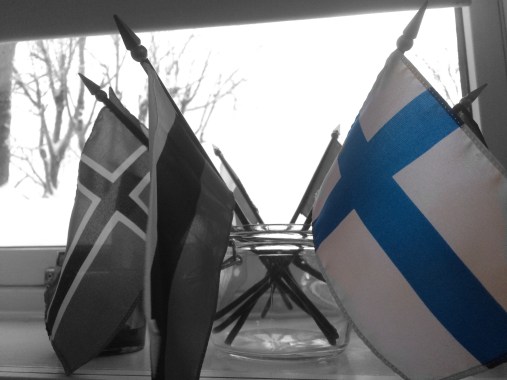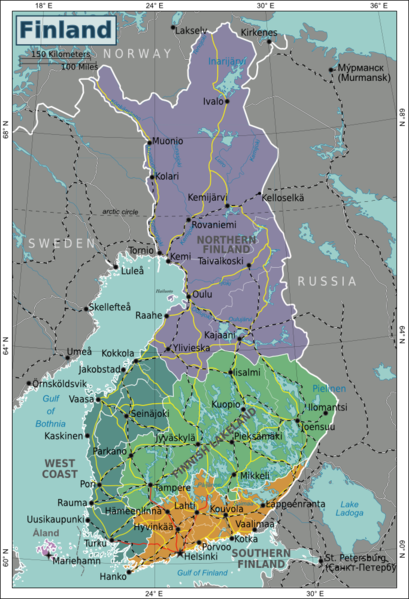
The Arctic Corridor, as the railway link has been officially termed, was conceived as a necessary component in the development of transportation corridors in and around the Arctic Ocean. A permanent rail line between Rovaniemi and Kirkenes, it was argued, would most effectively connect [video] the Nordic Arctic with Western Europe on one side and Russia and China on the other.
This line would, in theory, open up possibilities of increased shipping, tourism and transport hub development, taking advantage of the growing development of the Northern Sea Route (NSR) in Siberia and potentially even the emerging ‘Ice Silk Road’ (Bingshang Sichouzhilu 冰上丝绸之路) envisioned by Beijing as part of its expanding Belt and Road trade networks. It was also suggested [pdf] that the link could assist with mining expansion in Northern Finland, allowing raw materials to be more effectively transported out of the region to various markets. The railway line was touted as completing the process of creating the shortest and most direct route between Europe and Asia, including northern China.
The three major considerations in determining whether the proposed railway construction should go forward were the related financial models, legal and planning issues and potential effects on traditional Sámi lands. The findings of the report suggested that the current state of the Finnish rail system was such that further traffic which would be generated by the proposed Arctic link would be too much for the current overall system to handle, and that the costs of building the Rovaniemi-Kirkenes link could not be justified using models of anticipated use.

It was also underlined in the report that any further consideration of this rail line must be undertaken with the full participation in the debates from the local Sámi populations, given the potential impact of the rail line on traditional reindeer herding and other cultural and economic activities. The Sámi Council had been critical of the rail project, stating in a September 2018 report that better consultations were required between the Finnish and Norwegian governments and Sámi officially before any construction could take place. Of specific concern was the possibility that the rail line could split reindeer habitats and breeding grounds. As the working paper stated, ‘Both international law and national legislations of Finland and Norway acknowledge the special status of the Sámi as an indigenous people. This cannot be denied nor passed in possible future phases of the Arctic railway.’
Among the recommendations of the working group’s report was closer coordination between Helsinki and Oslo on future planning for the link, and that the complexity of the plan required greater input from the European Union, (Finland is a member of the EU while Norway is not, but Oslo does cooperate with the EU in several areas and sectors via the European Economic Area / EEA agreement). The need for funding ‘from several sources’ for the rail link was also stressed, although there were no specifics in that area included in the working paper.

The findings of the working group have underscored the ongoing difficulties present in developing Arctic transit corridors, as well as the questions of whether the creation of various routes via land and sea in the Arctic will be economically feasible, and if so when.